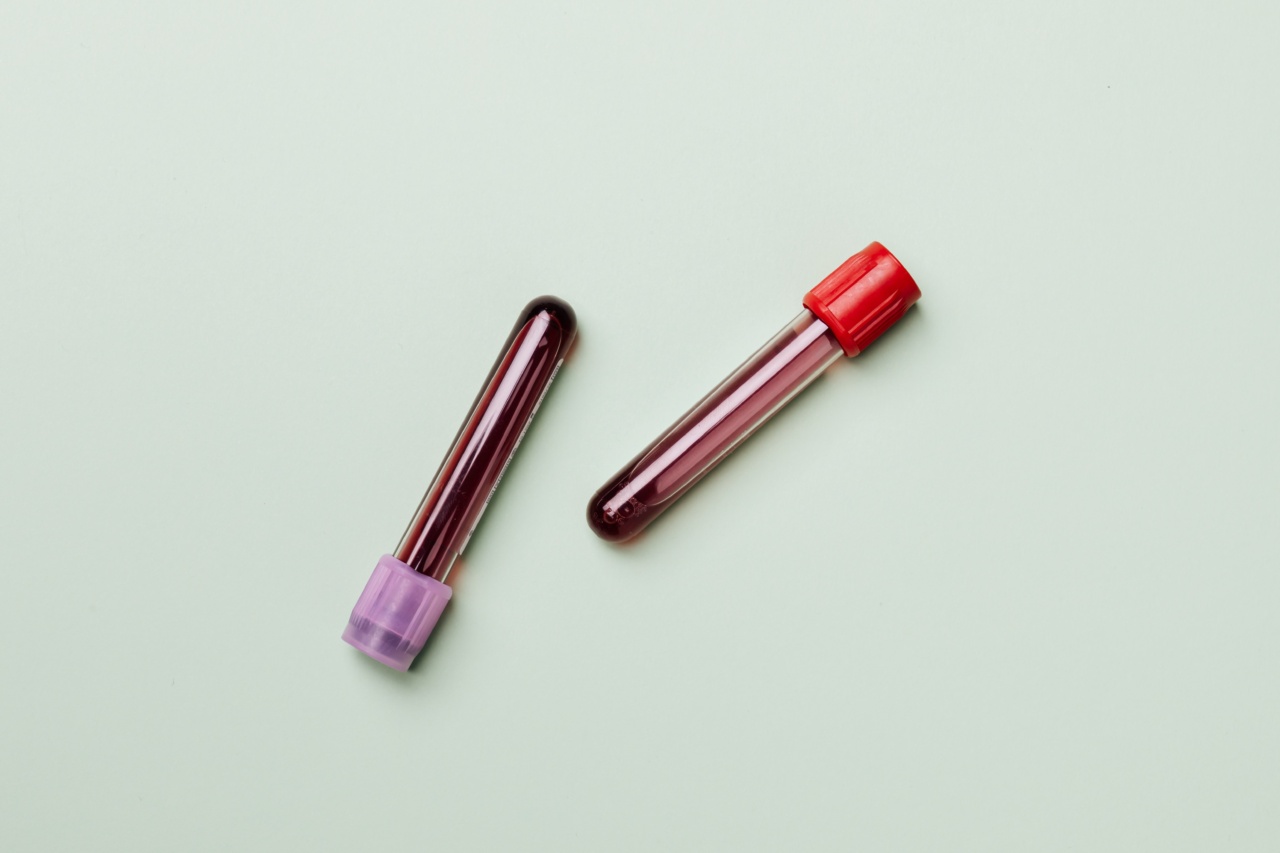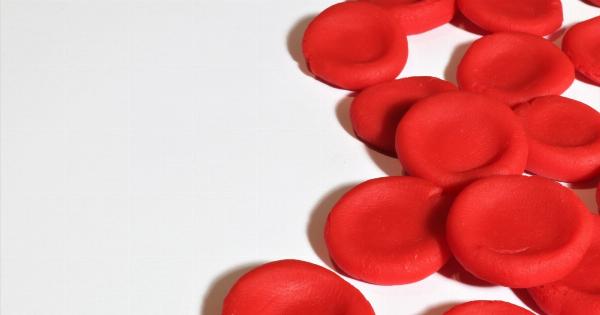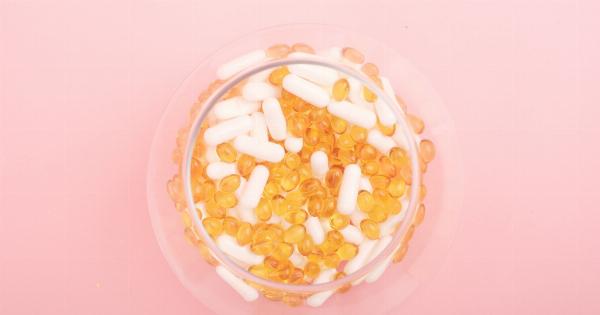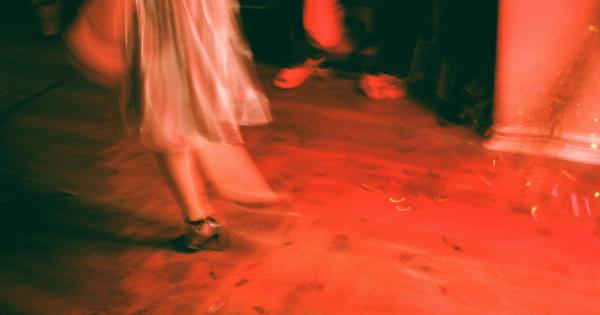Blood, the life-sustaining fluid that circulates through our bodies, is an incredible substance that carries oxygen, nutrients, hormones, and other vital components to our tissues and organs.
One significant characteristic of blood is its distinct red color. This color is not arbitrary; it arises from the specific components and mechanisms within blood. Let’s dive into the science behind the red color of blood and explore the fascinating mechanisms that give it its hue.
The Role of Hemoglobin
Hemoglobin, a protein molecule found in red blood cells (erythrocytes), is primarily responsible for the red color of blood. This remarkable molecule consists of four subunits, each containing a complex chemical structure known as a heme group.
Each heme group itself contains iron, which plays a crucial role in the red coloration of blood.
The Relationship between Oxygen and Color
One critical characteristic of hemoglobin, and thereby blood, is its ability to bind and release oxygen. When oxygen is bound to hemoglobin, it changes the electronic configuration of the iron within the heme group.
As a result, the heme group absorbs specific wavelengths of light, particularly in the blue and green regions of the electromagnetic spectrum.
This selective absorption of light leads to the transmission or reflection of other wavelengths, predominantly in the red region. Thus, when blood is oxygenated, it appears bright red.
Deoxygenated Blood: The Color Change
Once the oxygen is released from hemoglobin, the electronic configuration of iron in the heme group changes again. This change alters the wavelengths of light absorbed and reflected by the heme group.
Consequently, the heme group now predominantly absorbs light in the yellow and green regions while transmitting or reflecting a lesser amount of red light.
This alteration in the light absorption and reflection properties of deoxygenated blood results in a color change. Deoxygenated blood appears darker and tends to exhibit a more bluish or purplish hue, often referred to as “dark red.”.
The Composition of Hemoglobin
Hemoglobin is composed of various atoms and chemical groups that contribute to its structure and function. By understanding these components, we can gain a deeper insight into why blood appears red.
Iron and Its Role
The iron atom within the heme group of hemoglobin is indispensable for the oxygen-carrying capacity of blood. Iron has the remarkable ability to bind with oxygen and form a reversible bond.
When oxygenated, the iron atom contributes to the red color of blood through its participation in the electronic changes within the heme group.
Heme: The Porphyrin Ring
Heme, often referred to as a porphyrin ring, surrounds the iron atom within the heme group. This cyclic structure plays a crucial role in the absorption and reflection of light, leading to the coloration of blood.
The arrangement of double bonds in the porphyrin ring determines the specific wavelengths of light that can be absorbed or reflected.
Erythrocytes: The Red Blood Cells
Erythrocytes, or red blood cells, are specialized cells that transport oxygen throughout the body. These cells contain a high concentration of hemoglobin and derive their distinctive red color from it.
In fact, red blood cells appear red even when isolated from blood due to the presence of hemoglobin within them.
Influence of Blood Vessels and Tissues
While hemoglobin is the primary contributor to the red color of blood, the color we perceive may also be influenced by other factors. The network of blood vessels and the surrounding tissues can affect the appearance of blood.
For example, when blood is contained within arteries and arterioles and is viewed through the skin, it often appears brighter and more vibrant in color than when seen in veins or capillaries due to differences in oxygenation levels.
Conclusion
The red color of blood is a fascinating result of the intricate chemical and structural properties of hemoglobin, particularly the heme group and its iron atom.
The selective absorption and reflection of light by oxygenated and deoxygenated blood give rise to the vibrant red and dark red hues we associate with this vital fluid. Understanding the mechanisms behind the red color of blood enhances our knowledge of the complexities of the human body and its remarkable processes.





























